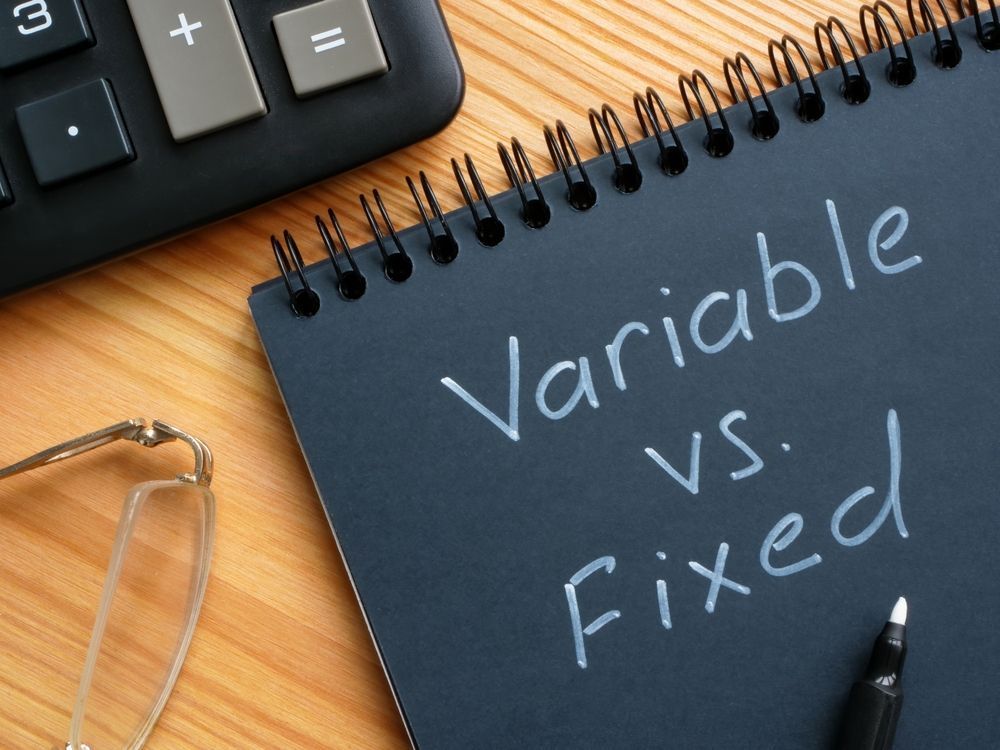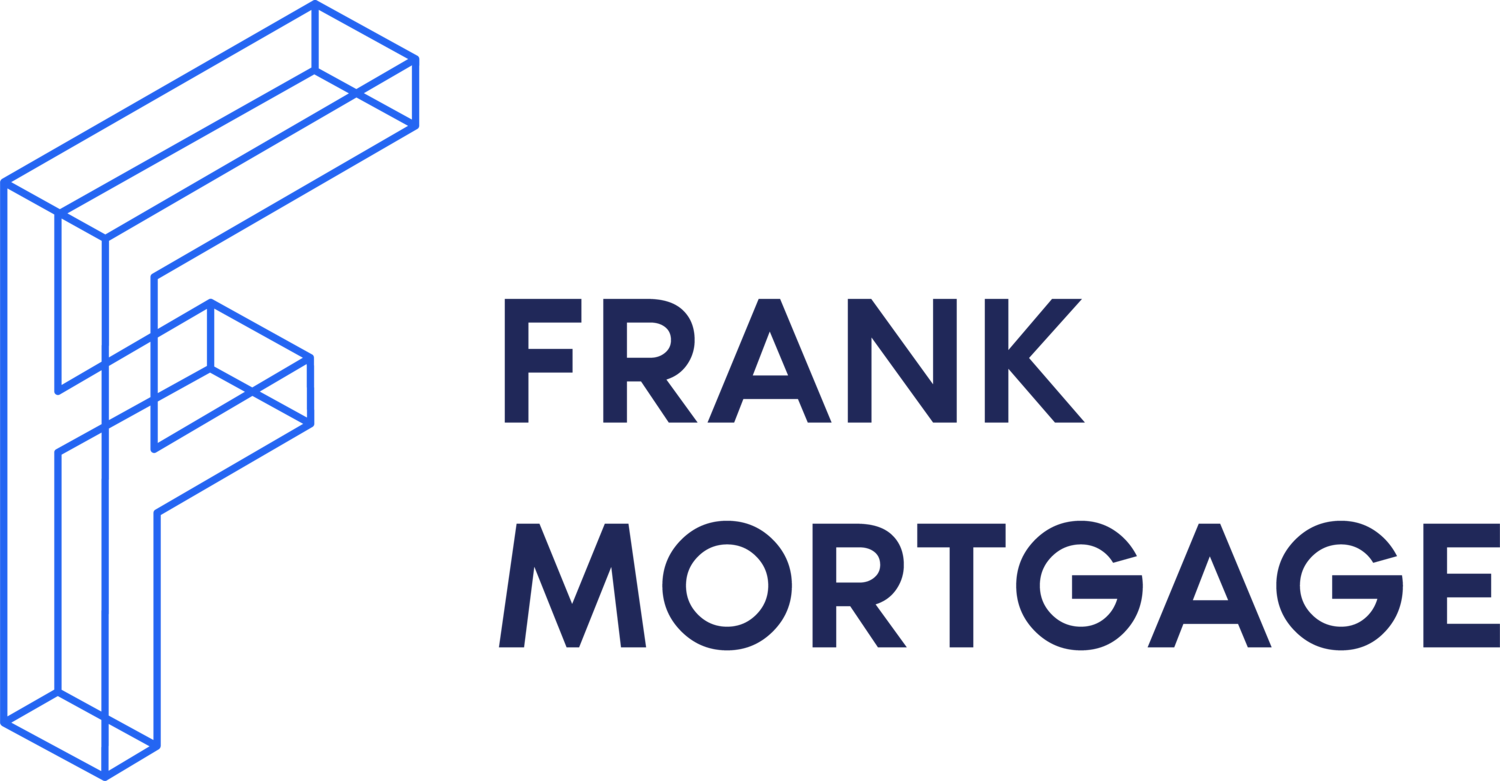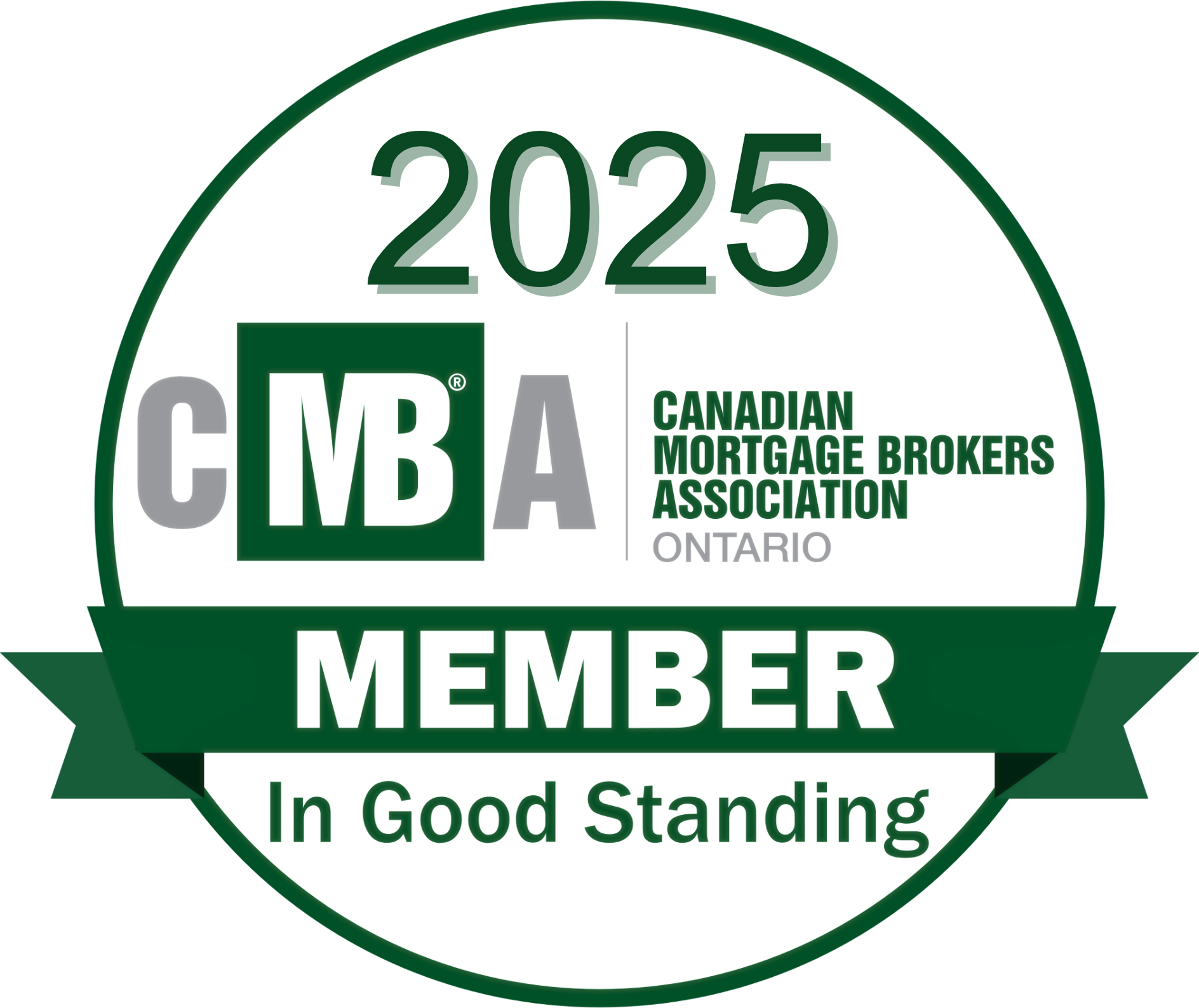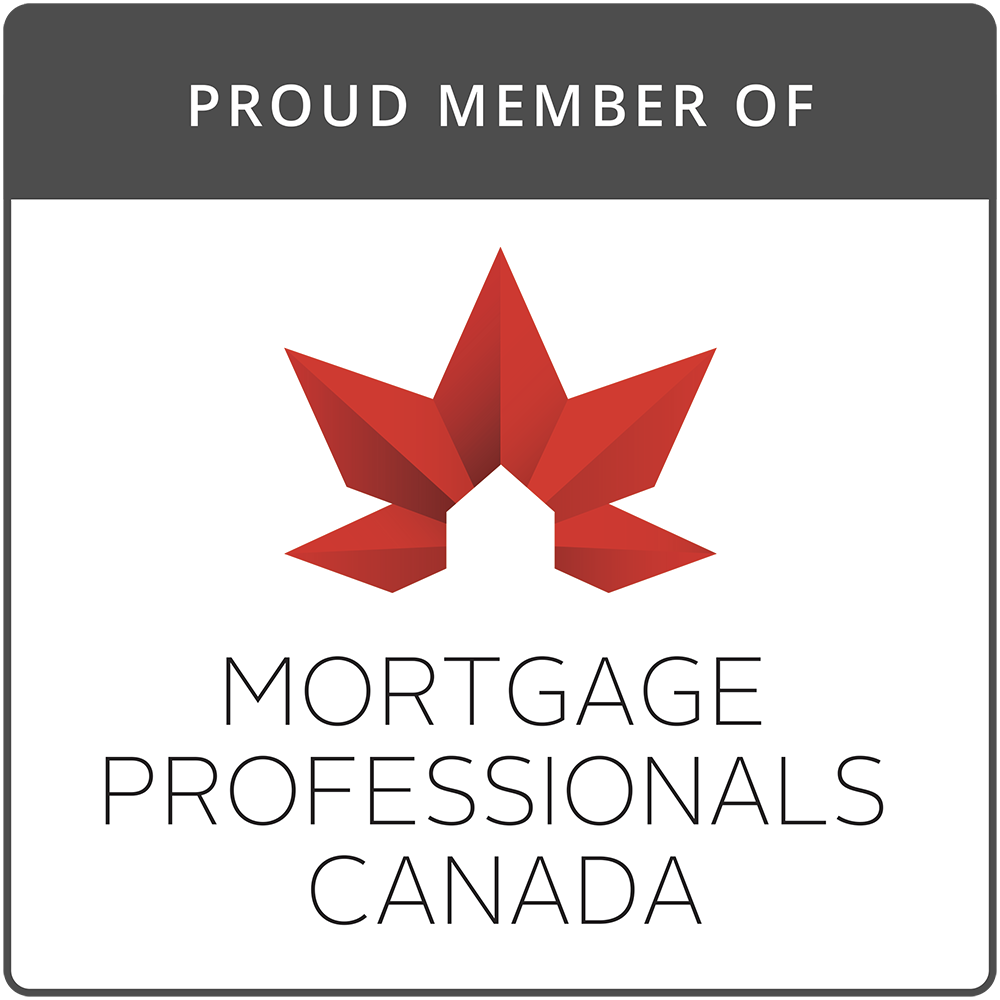Fixed Rate or Variable Rate Mortgage?
Your Best Mortgage Options
Updated November 2, 2025

If you’re in the market for a mortgage, one key consideration is the rate type on the mortgage you choose. Will you opt for a fixed-rate mortgage or a variable-rate mortgage? Fixed rate mortgages are the most popular but does a variable-rate mortgage make sense today, now that rates have been declining?
Many borrowers that we speak with are once again asking about variable-rate mortgages. But is it the right time to consider variable-rates? There is no single answer for all borrowers since the decision depends on personal preferences and risk tolerance. However, this decision impacts your mortgage costs, payment size, and the level of risk you take with your mortgage. Let’s review some key considerations when you look into whether a fixed-rate mortgage or a variable-rate mortgage is right for you.
What are the Differences Between Fixed and Variable Rate Mortgages?
Fixed-Rate Mortgage
With a fixed-rate mortgage, your interest rate and monthly payments remain the same for the entire mortgage term. This stability is attractive, particularly in a rising interest rate environment. However, this usually comes at the cost of higher interest rates compared to variable rate mortgages. Note that this has not been true the past three years because interest rates were inverted – meaning that short-term interest rates were higher than long-term interest rates. However, with the recent Bank of Canada rate cut, variable mortgage rates have returned to being lower than fixed mortgage rates which is the longer-term historical norm.
Pros of a fixed rate mortgage:
- Predictable, consistent mortgage payments
- Protection from interest rate increases
- Easier to predict and manage your cash flow over time
Cons of a fixed rate mortgage:
- If interest rates decline, your rate remains unchanged
- Typically, higher interest rates than variable mortgages
- Higher prepayment penalties.
With recent interest rate variability and economic uncertainty, most borrowers are taking fixed-rate mortgages.
Variable-Rate Mortgage
A variable rate mortgage is one where the interest rate you pay can change over time, usually in line with the Prime Rate. The lender sets the variable mortgage rate as the Prime Rate plus or minus a margin. As the Prime Rate fluctuates, so does your mortgage rate.
Note that there are two types of variable-rate mortgages:
| Variable-Rate Mortgage (VRM) | The rate you pay on the mortgage changes as the Prime Rate changes, but the payment remains the same in most circumstances. If rates increase substantially, your mortgage may no longer cover the interest amount and result in you having to pay more or go into negative amortization. These are also known as static-pay or fixed-payment variable-rate mortgages. |
| Adjustable-Rate Mortgage (ARM) | The rate you pay on the mortgage changes as the Prime Rate changes and the monthly payment changes as well. If the Prime Rate increases, your mortgage payment increases. If the Prime Rate declines, your mortgage payment declines. |
With either variable-rate mortgage type you pay more for the mortgage if interest rates increase. With an ARM your payments adjust as rates increase. With a VRM the impacts of rate changes are not experienced right away since your payment stays the same. That can sound convenient, but it may be stressful if your amortization increases, or your lender asks for a lump sum payment to bring the mortgage back in line.
Pros of a variable rate mortgage:
- Benefit from a declining rate environment
- Potentially lower mortgage payments when rates decline and variable rates are lower than fixed rates.
- Lower prepayment penalties.
Cons of a variable rate mortgage:
- For an ARM, the risk of increased payments if interest rates rise
- With static-pay VRM, the risk of negative amortization and/or a need for lump sum payments to keep the mortgage on schedule.
- Added stress of needing to regularly monitor market conditions
Recently, with the Bank of Canada stating that they may be done cutting rates, we may not see variable mortgage rates decline much further. Variable rates an option to reconsider for those with the appetite to take on interest rate risk.
Mortgage Penalties
Another key consideration when considering fixed versus variable, is prepayment penalties. Fixed rate mortgages typically have higher penalties for early repayment compared to variable rate mortgages, particularly in a declining interest rate environment. If you anticipate needing to make large prepayments or break your mortgage early, this is a critical factor to consider.
The prepayment penalties on variable-rate mortgages are usually three months of interest. For fixed-rate mortgages they are usually the greater of three months of interest or the interest-rate differential (IRD). The IRD is essentially an interest rate make-whole for the lender that calculates the difference between what they currently earn on your mortgage and what they can earn on a new mortgage. As rates decline, this IRD gets larger.
Borrowers wanting prepayment flexibility tend to either choose a variable rate mortgage or a shorter-term fixed rate mortgage. This minimizes the prepayment penalties you might have to pay and provides more flexibility to handling changes to your life, such as a job relocation.
Insider Tip
Prepayment penalties at the major banks tend to be larger than at smaller financial institutions and monoline lenders.
Fixed vs Variable – What’s Best for You in Today’s Environment?
After a period of high rates where fixed-rate mortgages were dominant, the fixed vs variable mortgage question is back in the discussion. The first thing to note is that variable-rate mortgages often have lower rates than fixed-rate mortgages. The gap between the best variable mortgage rates and best fixed mortgage rates is small, in the range of up to only 0.25%. If your decision is based solely on what you can afford today (in other words, what mortgage provides the lowest mortgage payment) then a variable-rate mortgage might be best. However, you need to be aware of the interest rate risk you would be taking. Since a variable-rate mortgage payment is now lower, you will also be able to qualify for a larger mortgage under the mortgage stress test.
Deciding between a fixed and variable rate mortgage depends on your personal situation and risk tolerance. You will likely read headlines in the news in the coming months that variable-rate mortgages are a no-brainer when rates are dropping. This makes sense for some borrowers on the surface, but deciding to take a variable-rate mortgage on that basis is a choice based on opportunity, not risk management. We believe mortgage borrowers need to consider the risk carefully, especially with their primary residence.
Let’s look at the potential benefits of a variable-rate mortgage and assess whether it makes sense today.
| Benefit of a Variable-Rate Mortgage | Assessment in Today’s Environment |
| Potential for Rate Cuts: With several Bank of Canada rate cuts this year, the expectation is that the rate cutting cycle is over. If rates decrease, a variable rate mortgage would allow you to benefit from lower interest rates, reducing your monthly payments. | Assessment – This is uncertain. Variable rates are now lower than fixed rates. The Bank of Canada has told us not to expect more cuts and some expect rates to rise within the next year so be sure you have the risk tolerance for changing rates. |
| Lower Initial Rates: Variable-rate mortgages often start with lower interest rates compared to fixed rate mortgages. This can make your initial payments more affordable, which might be beneficial if you’re looking to manage cash flow in the short term. | Assessment – This is true, a variable-rate mortgage will produce a slightly lower payment than a fixed rate mortgage in a lot of cases. The higher fixed mortgage rates are essentially the cost of certainty. |
| Flexibility: Variable rate mortgages typically come with lower prepayment penalties compared to fixed rate mortgages. This can be advantageous if you plan to make extra payments or pay off your mortgage early. | Assessment – this is true. Variable-rate mortgages are less costly to break because they have lower prepayment penalties. |
| Historical Savings: Over the past few decades, variable-rate mortgages have proven to be less expensive over time compared to fixed-rate mortgages. While this isn’t guaranteed, it can be a consideration if you’re comfortable with some level of risk. | Assessment – This is true in a declining rate environment. Prior to covid we had a 40-year period where the trend in rates was down. While rates may decline in the near-term there is no clear indication that a long-term downward trend in rates may occur again. |
If you have a strong belief that rates are going to drop substantially and also have a high risk tolerance, you may want to consider a variable-rate mortgage today. You should not only have a high risk tolerance but also the financial wherewithal to manage the increased cost of a variable-rate mortgage if rates were to increase again.
Conclusion
While we are seeing more inquiries about variable-rate mortgages today, most customers still prefer a fixed-rate mortgage. The stability and predictability of a fixed-rate mortgage makes sense to most risk-averse borrowers.
It’s important to weigh the potential benefits of variable-rate mortgages against the potential risks, such as the possibility of interest rates rising, which would increase your monthly payments. Is your budget and lifestyle conducive to uncertainty with how much your mortgage will cost you?
Interest rate risk hurt many borrowers post-covid. The personal damage from taking this risk cannot be understated as some homeowners lost, or had to sell, their homes when they were no longer able to afford their variable-rate mortgage. Make your decision carefully and don’t be pressured by a salesperson or mortgage broker. The decision is personal and subject to your preferences and risk tolerance. There is never a guarantee regarding the future direction of interest rates.
As with most financial decisions, the best choice depends on your specific situation. If you would like to discuss your options, our team at Frank Mortgage is here to help you with unbiased advice and great mortgage rates. Call us at 1-888-850-1337 or visit www.frankmortgage.com to speak with a licensed mortgage agent.
About The Author

Don Scott
Don Scott is the founder of a challenger mortgage brokerage that is focused on improving access to mortgages. We can eliminate traditional biases and market restrictions through the use of technology to deliver a mortgage experience focused on the customer. Frankly, getting a mortgage doesn't have to be stressful.
Related Posts






